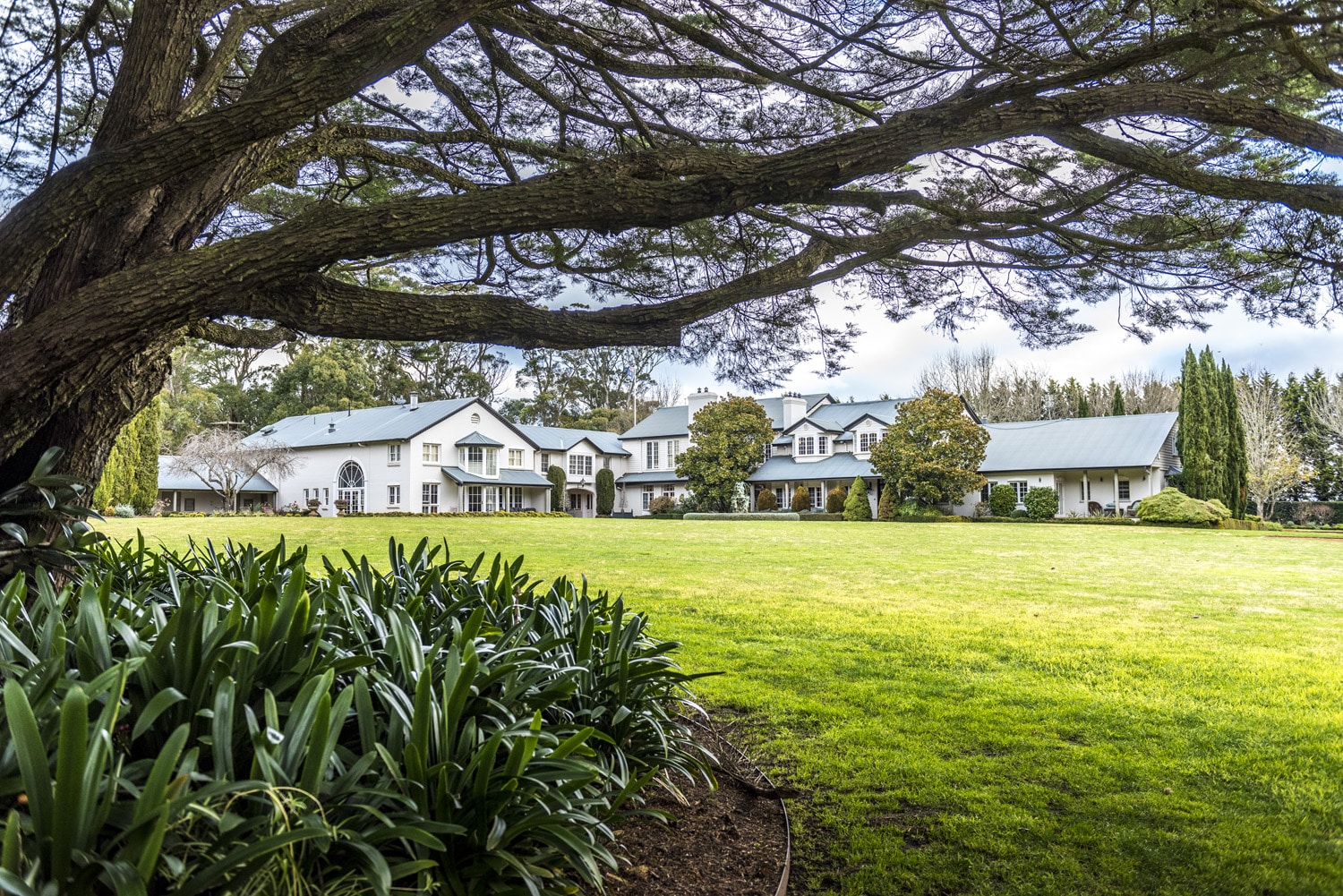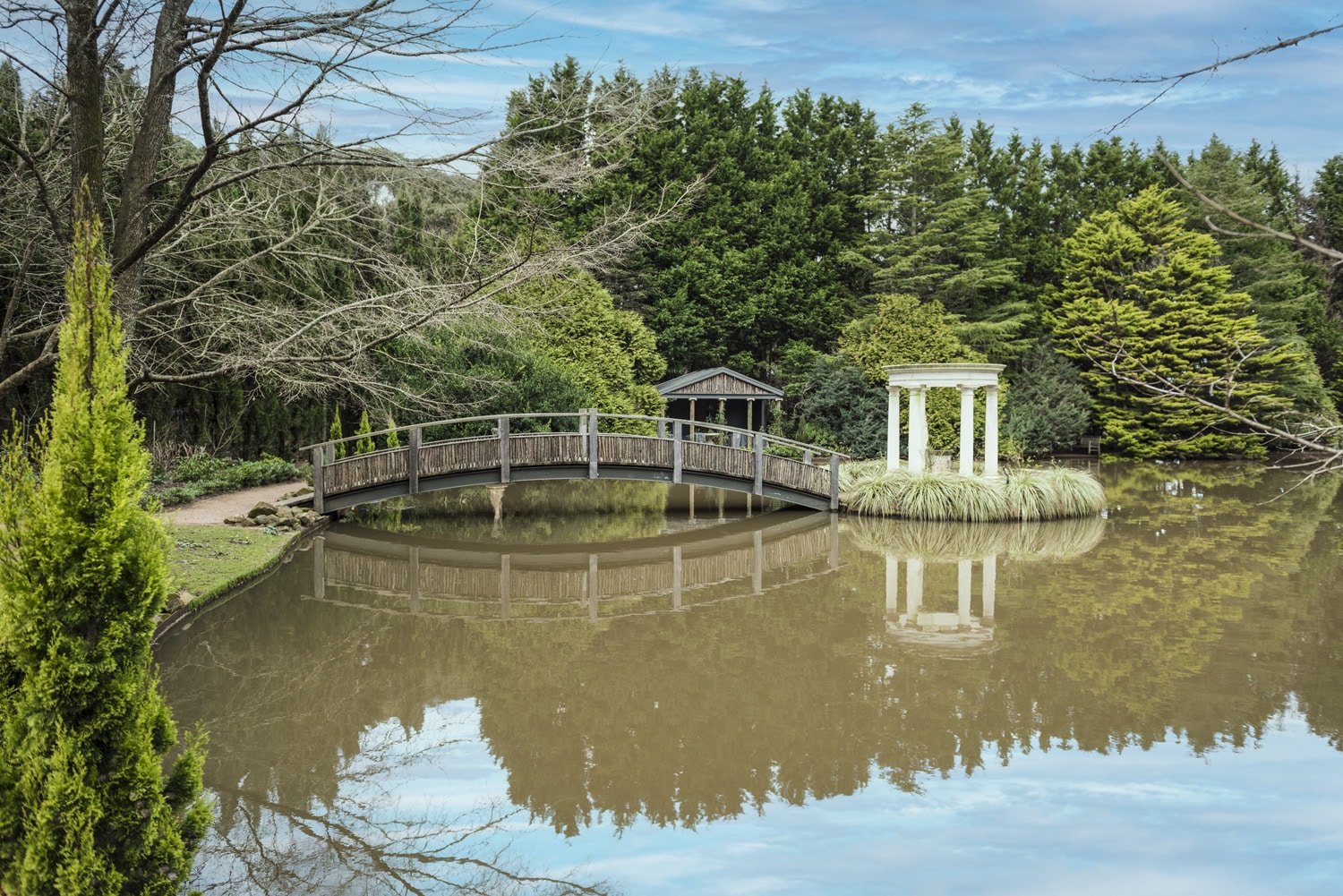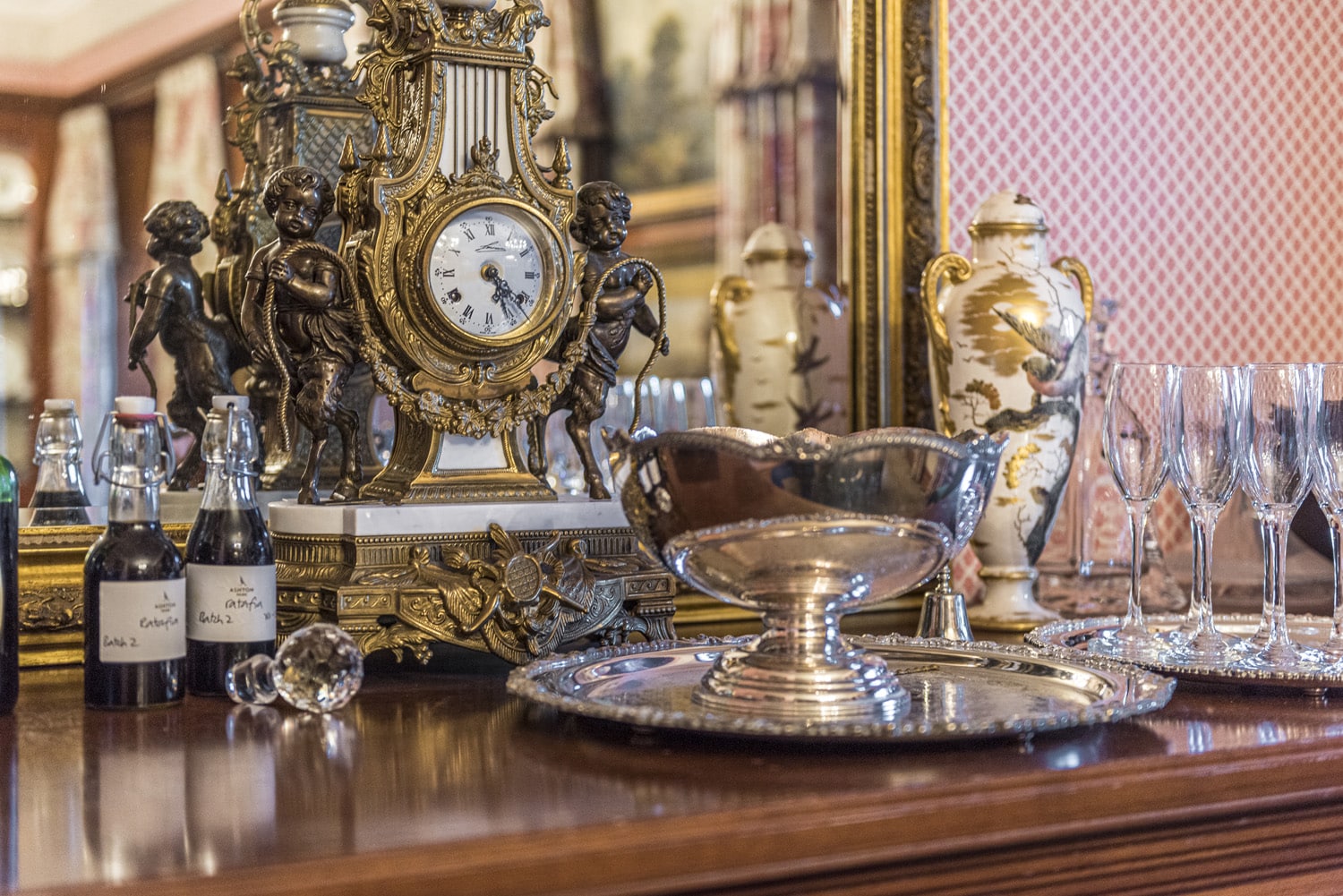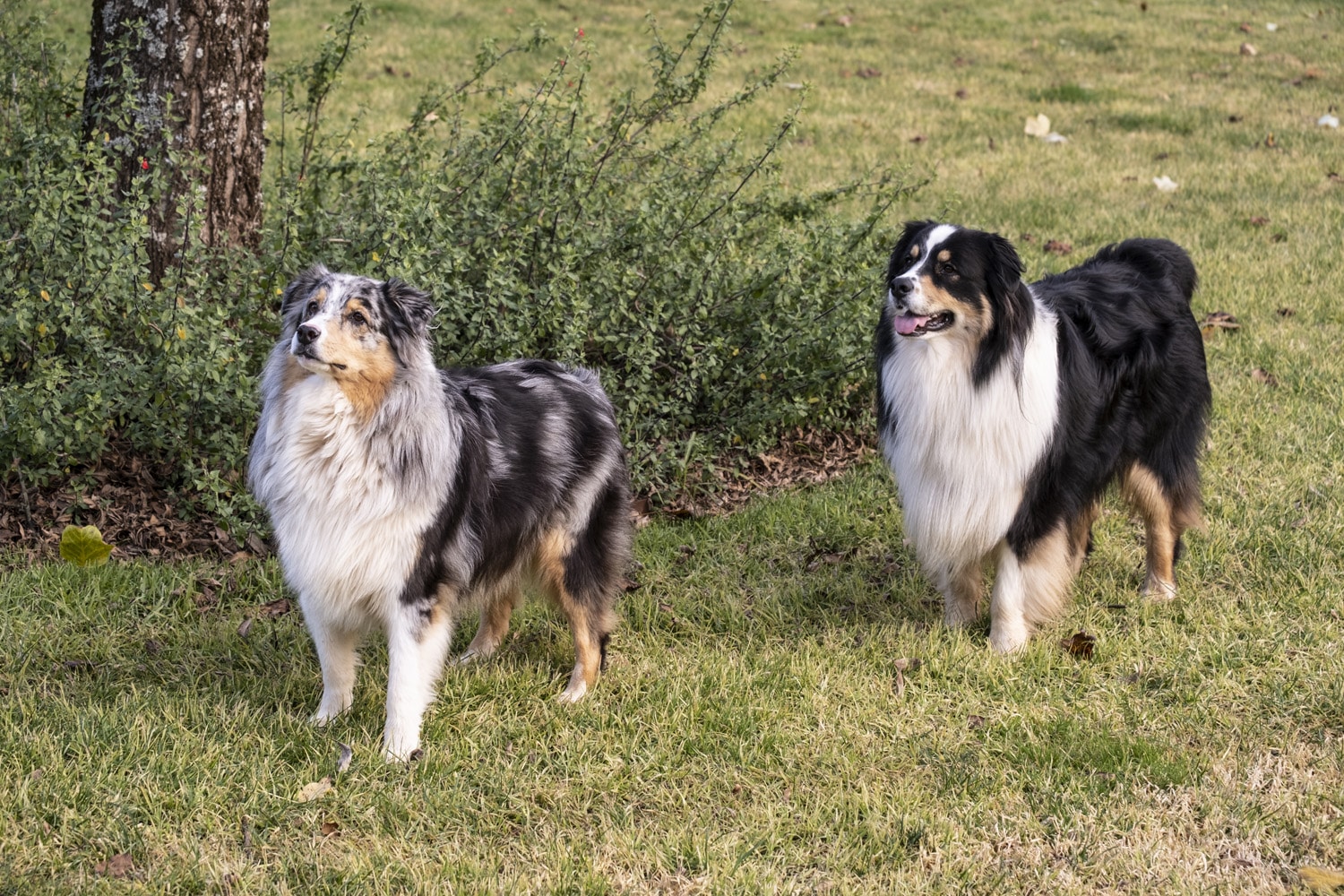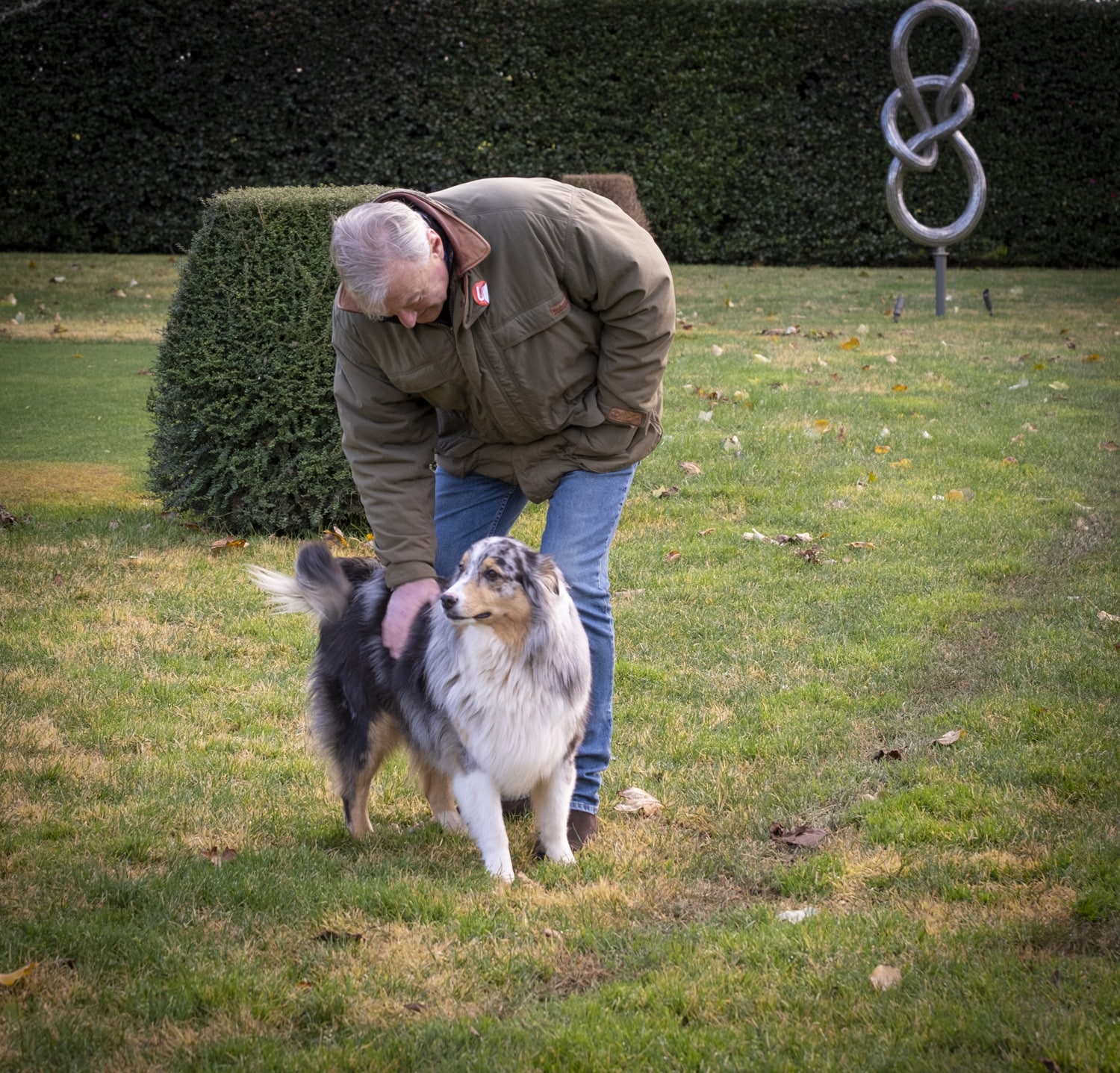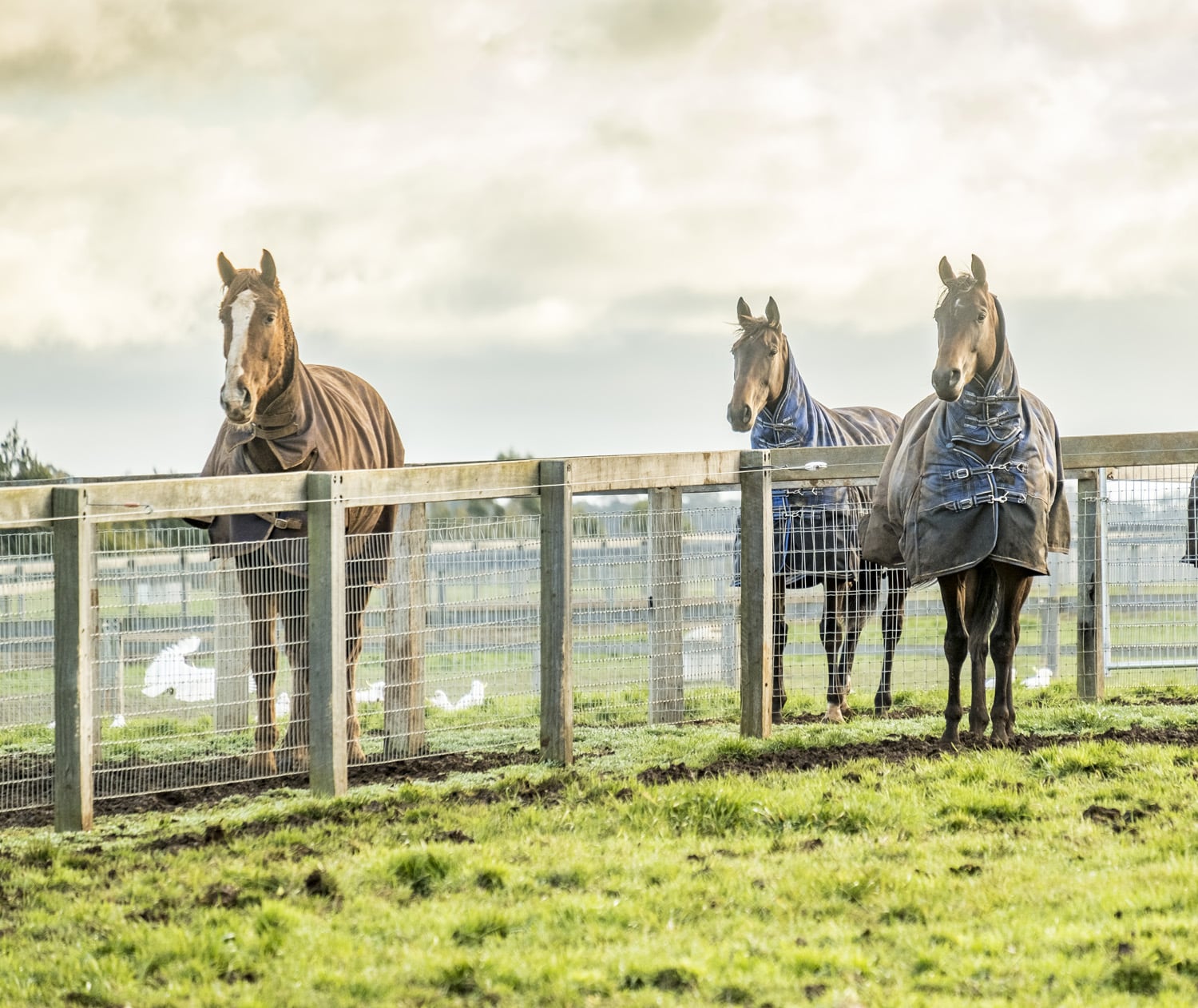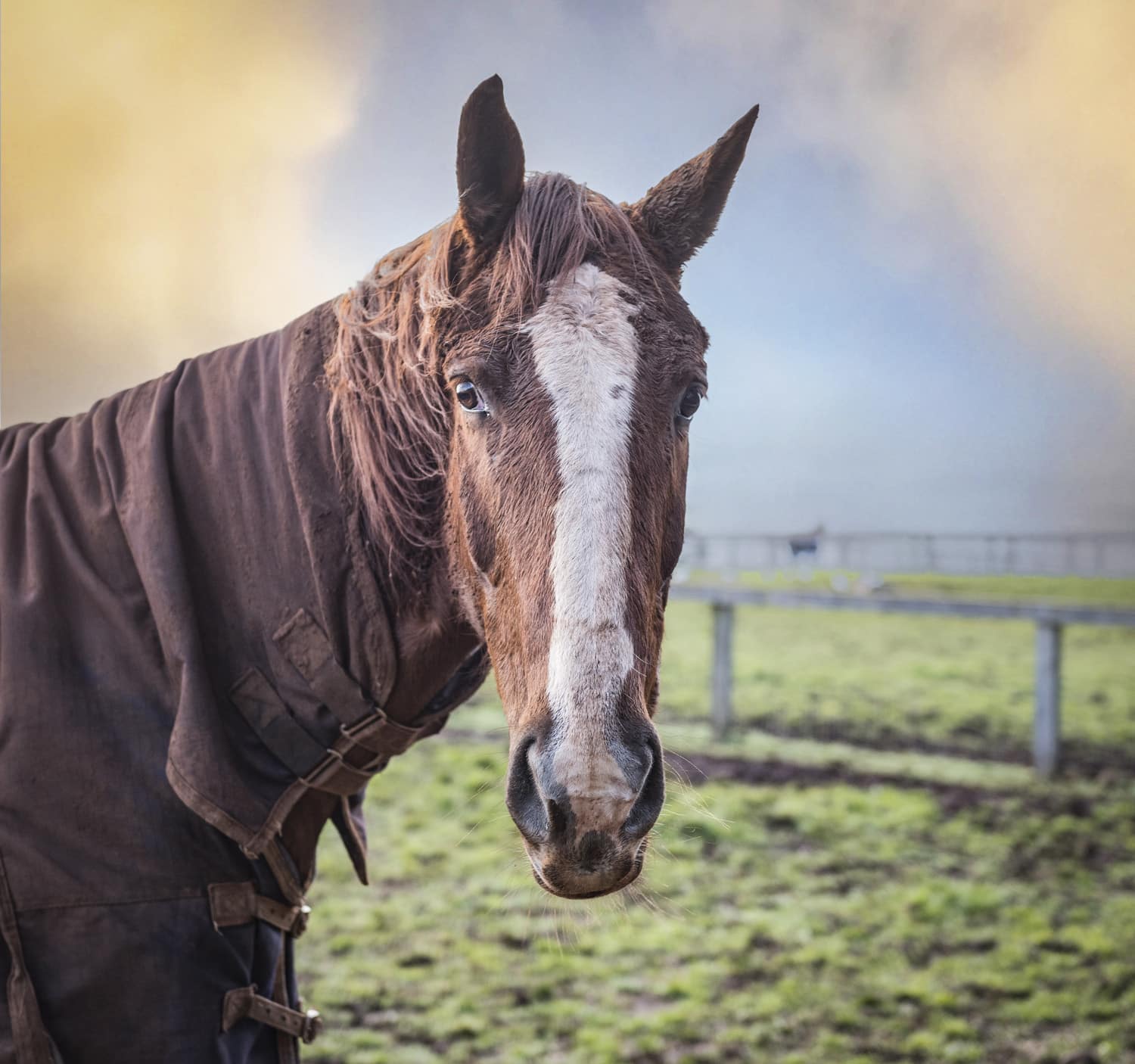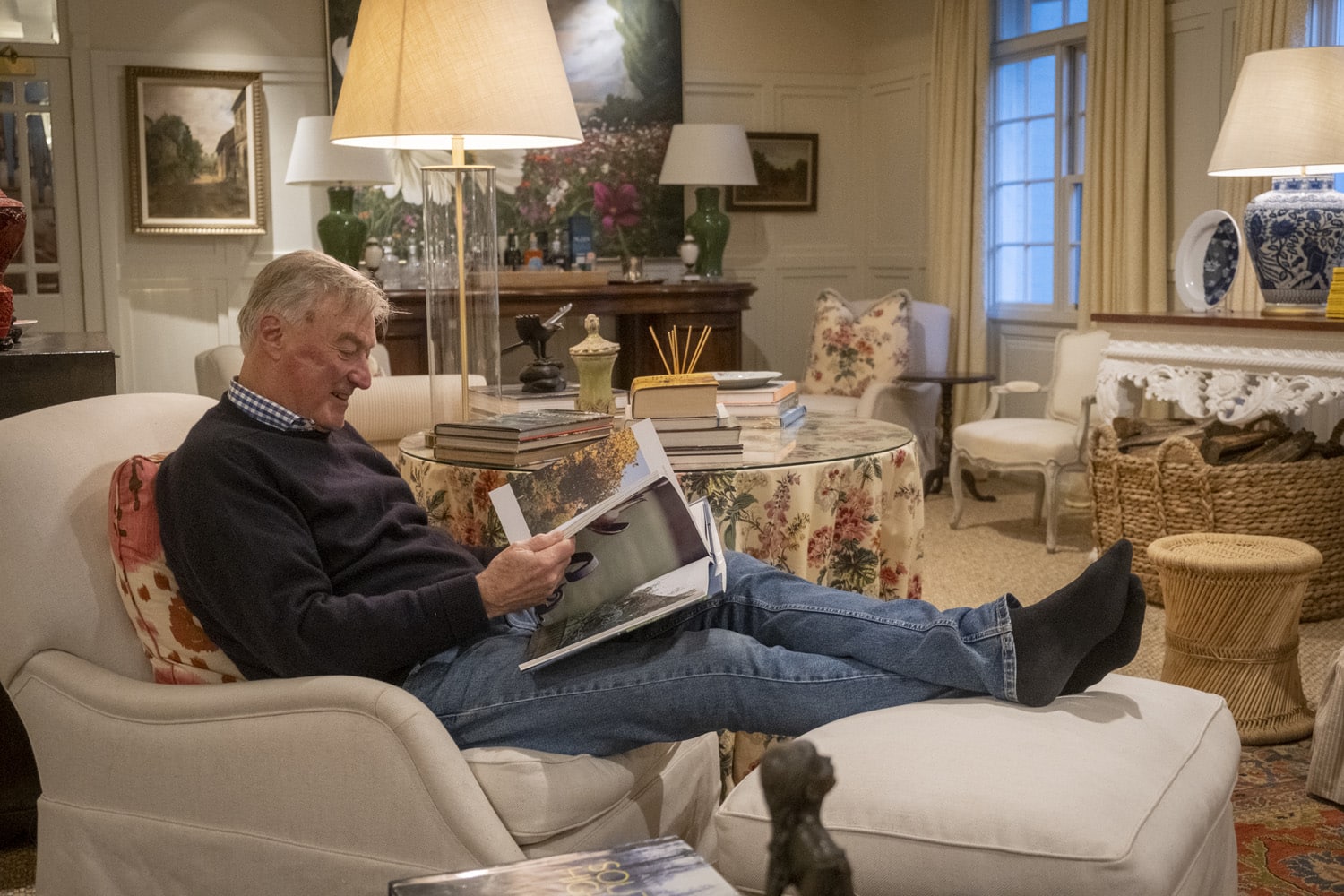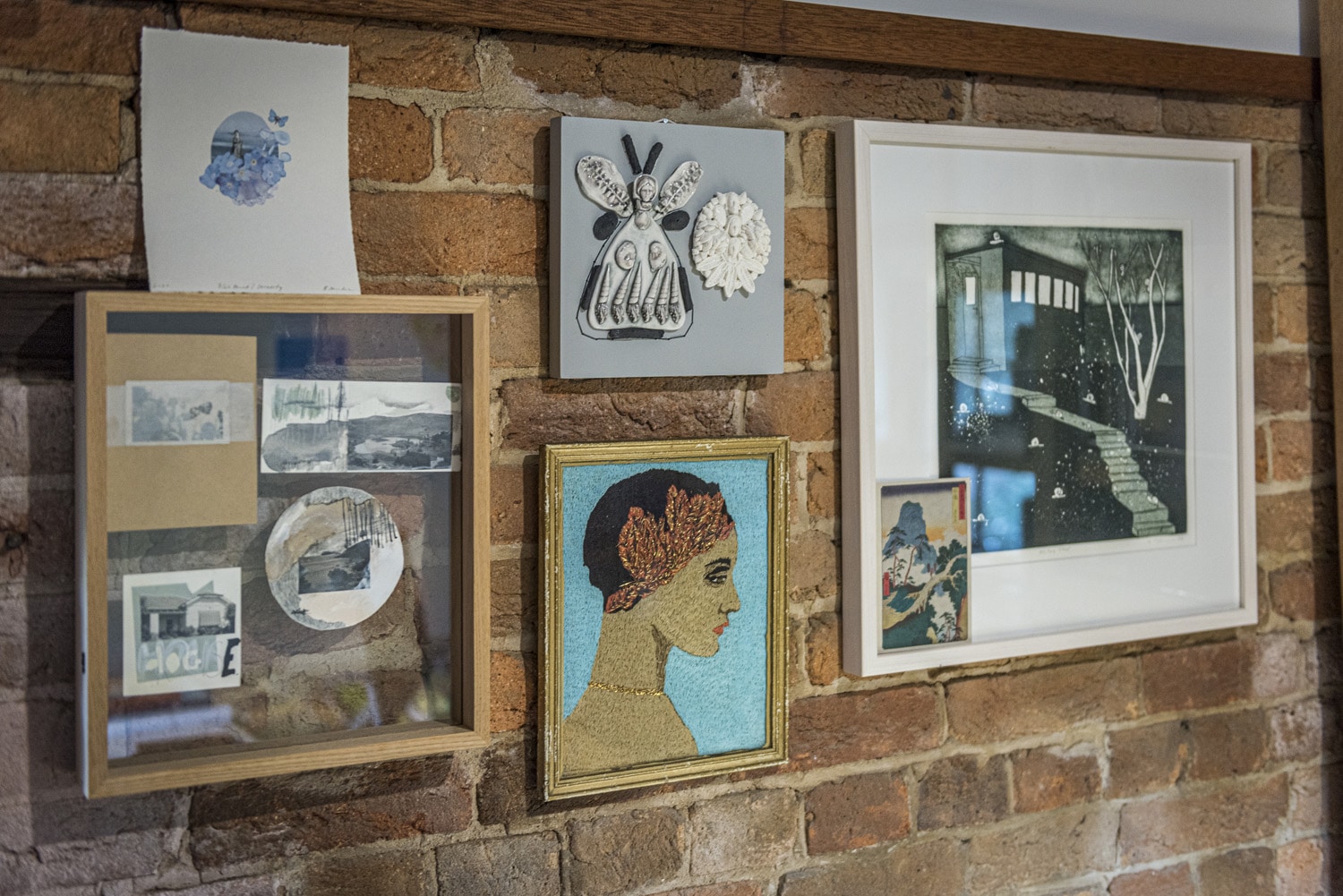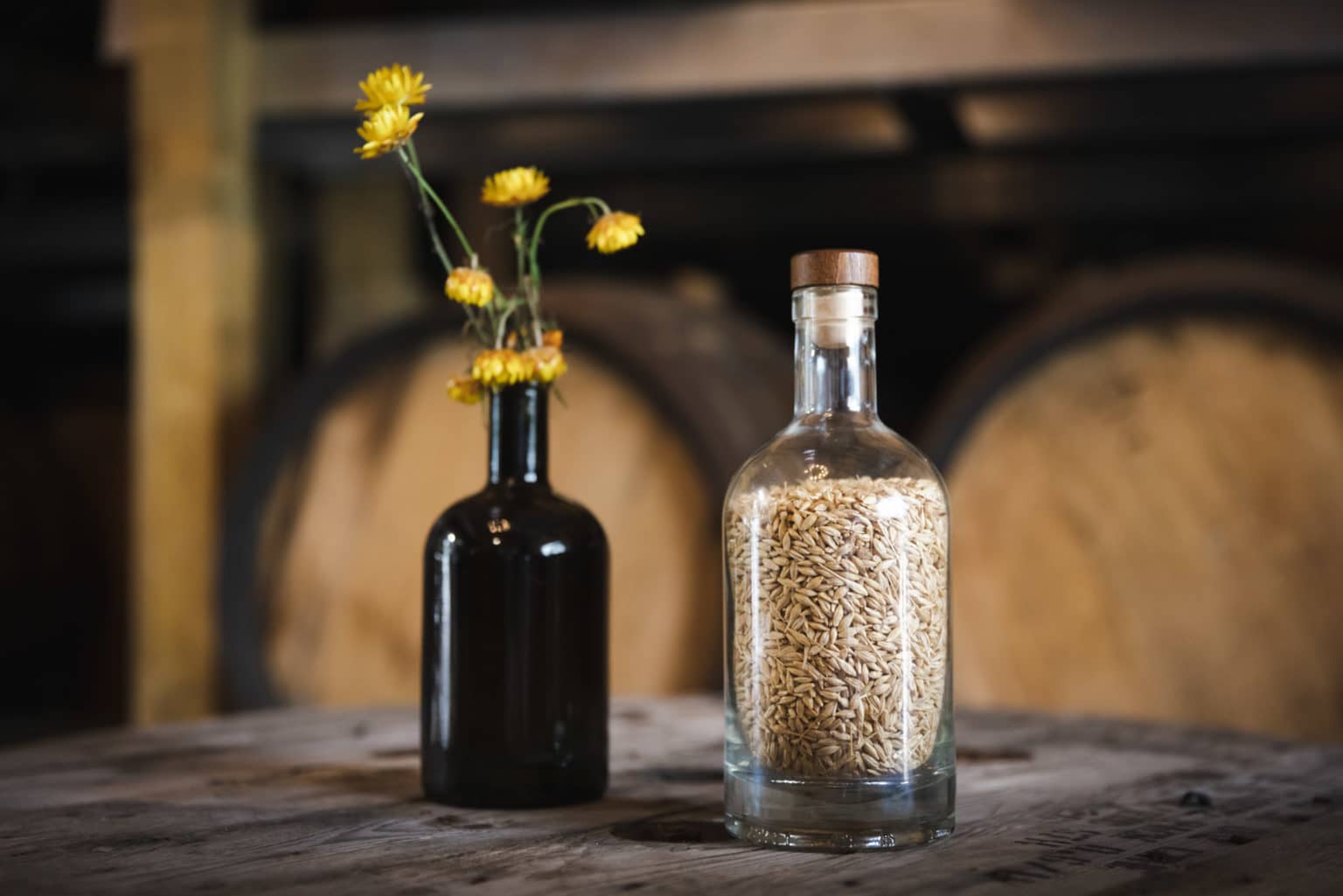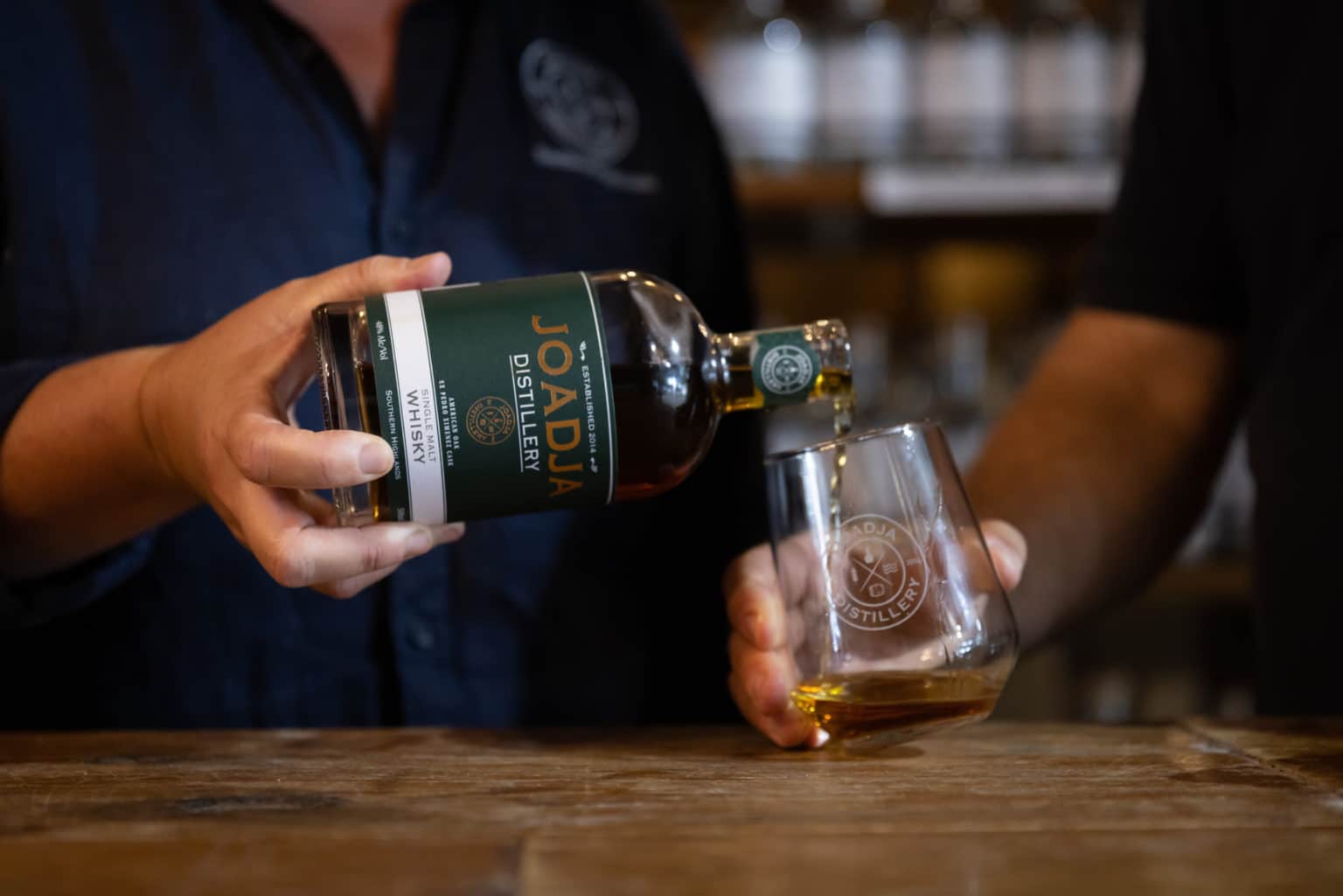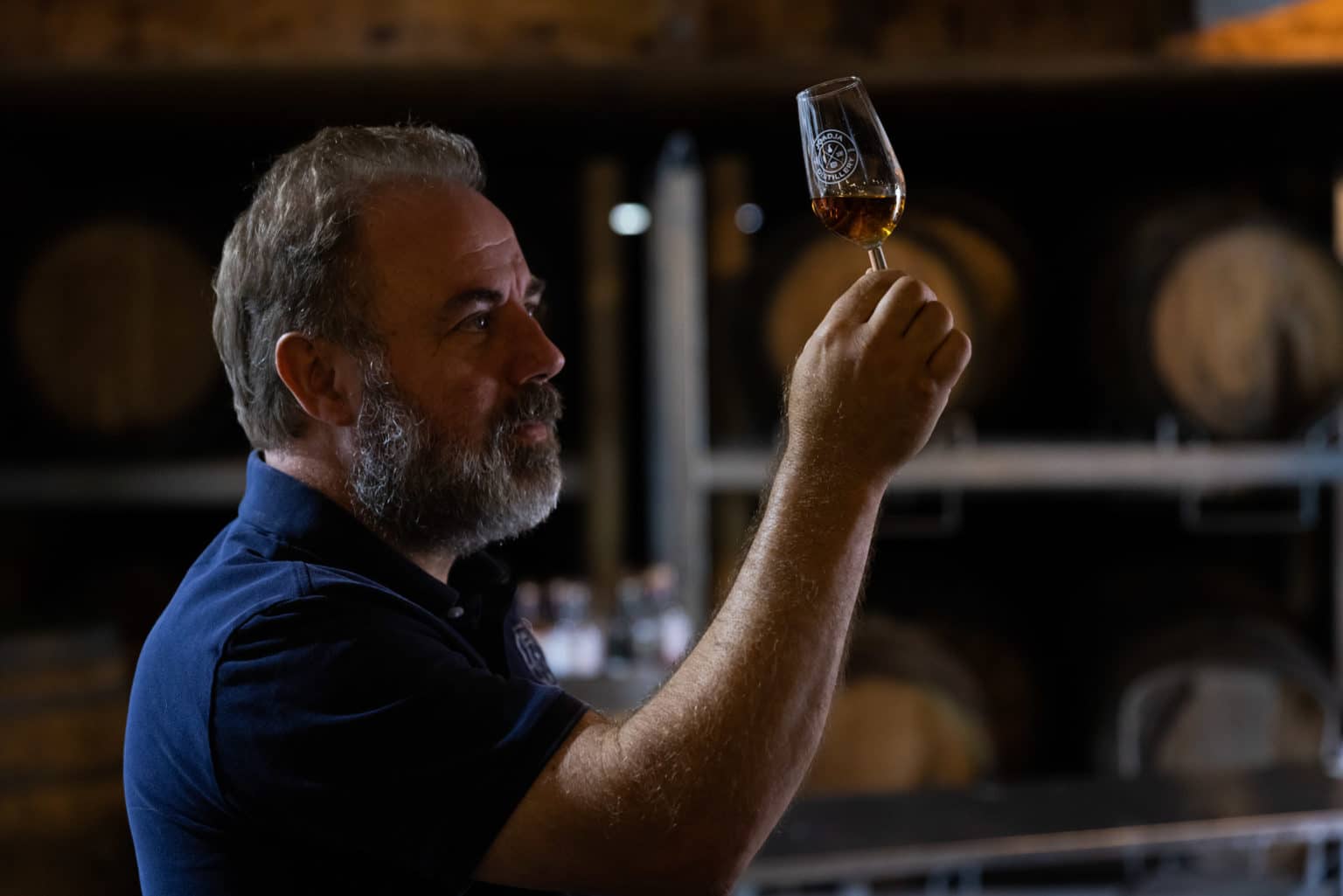Words: Michael Sharp. Photography: Ashley Mackevicius.
After running barefooted with her brother and sisters through the fields on her family farm in Malta, the young Kate Vella would retreat into the corner of her bedroom and draw. She would sketch the houses in her village, which was named Zebbug after the Maltese word for olives, as well as plants that grew on her island of Gozo and portraits from her imagination.
“Creativity has always been a huge part of my life,” she says.
The farm had been in her father’s family for a century and they grew vegetables and fruit, including a small vineyard, and raised chickens, sheep and goats. They enjoyed fresh eggs and milk and her mother made cheese.
“We had a very free lifestyle. We were free to roam and play and we were very happy.”
Kate and her siblings helped with the farm work from a young age and she believes this played an important role in developing her creativity.
“We made everything ourselves,” she recalls joyfully. “We cooked and baked from scratch, we made our own preserves and cheese and we sewed our own clothes. This was how creativity was instilled in us by our parents.”
Art was always Kate’s favourite subject at school, and she began to dream of being an artist.
“I knew I wanted to be a painter, but I was in awe of painters and didn’t think I was good enough,” she says with characteristic modesty.
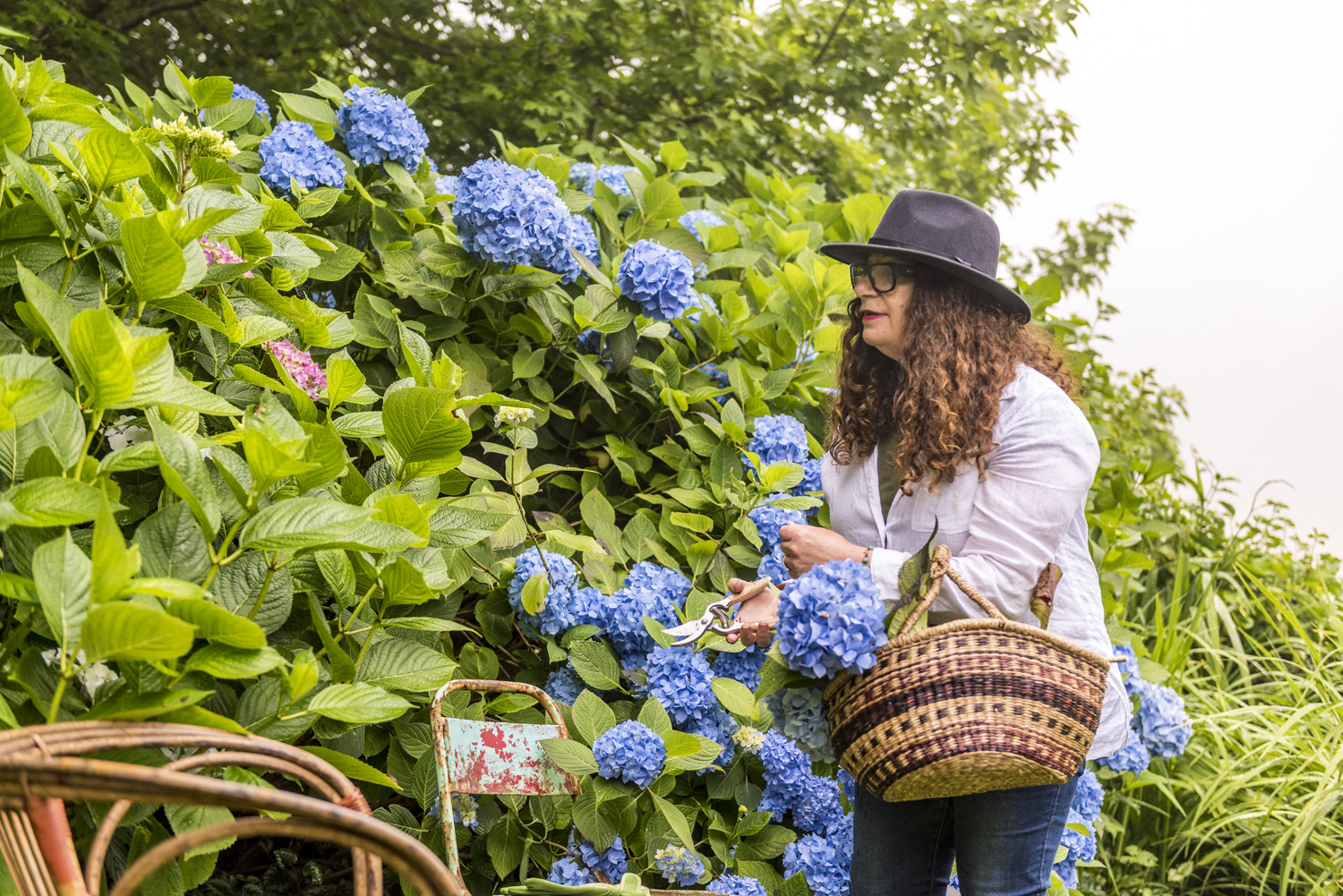
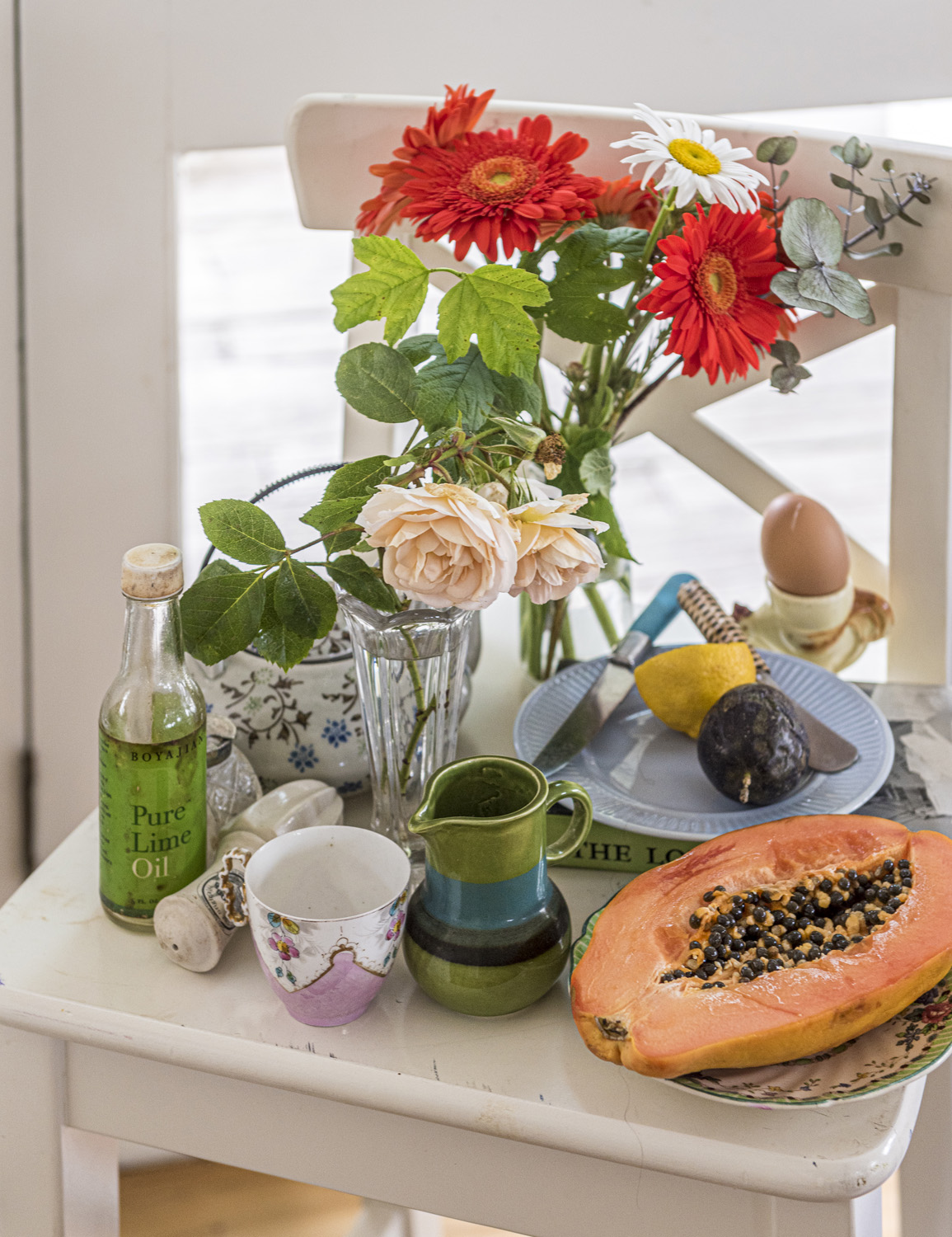
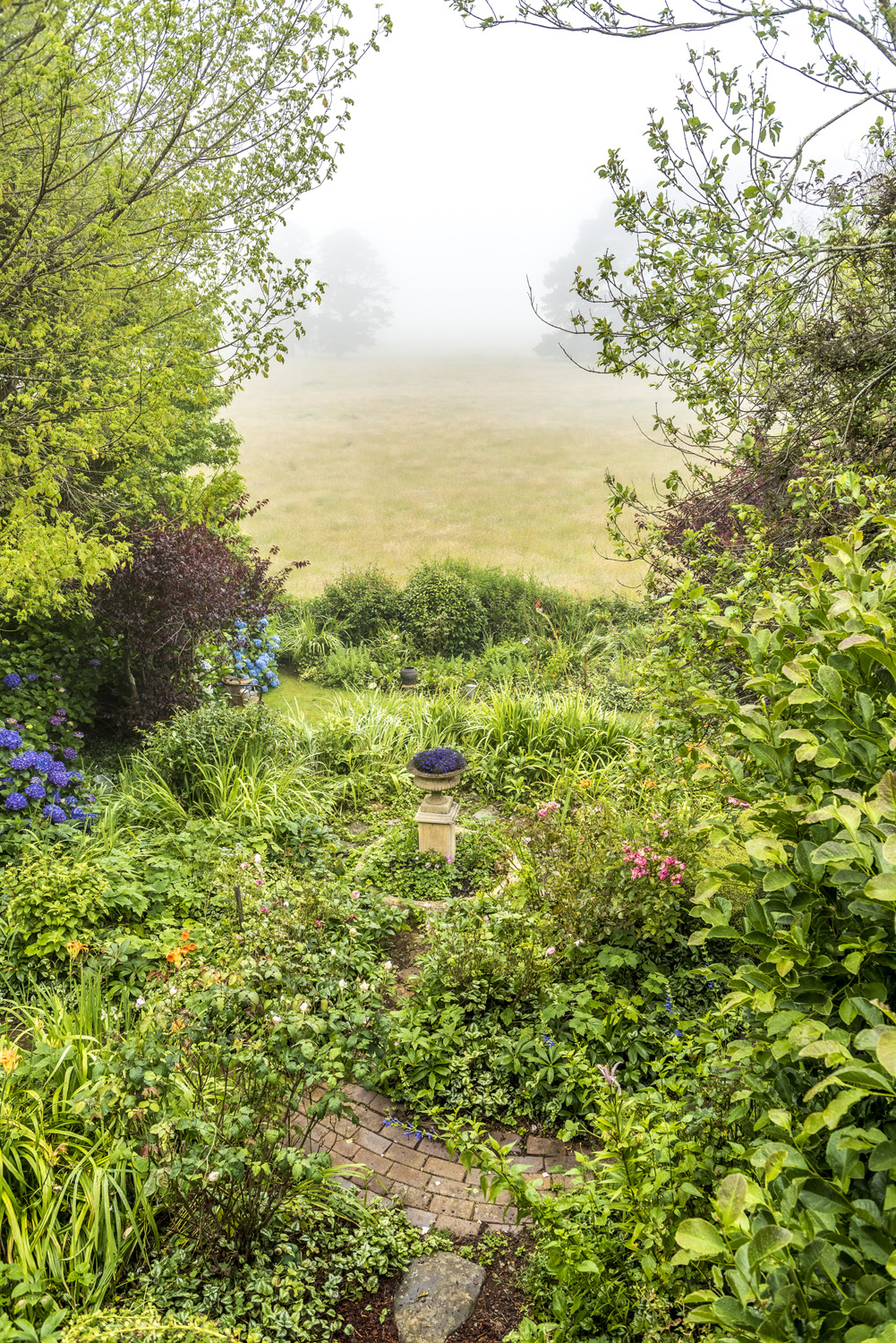
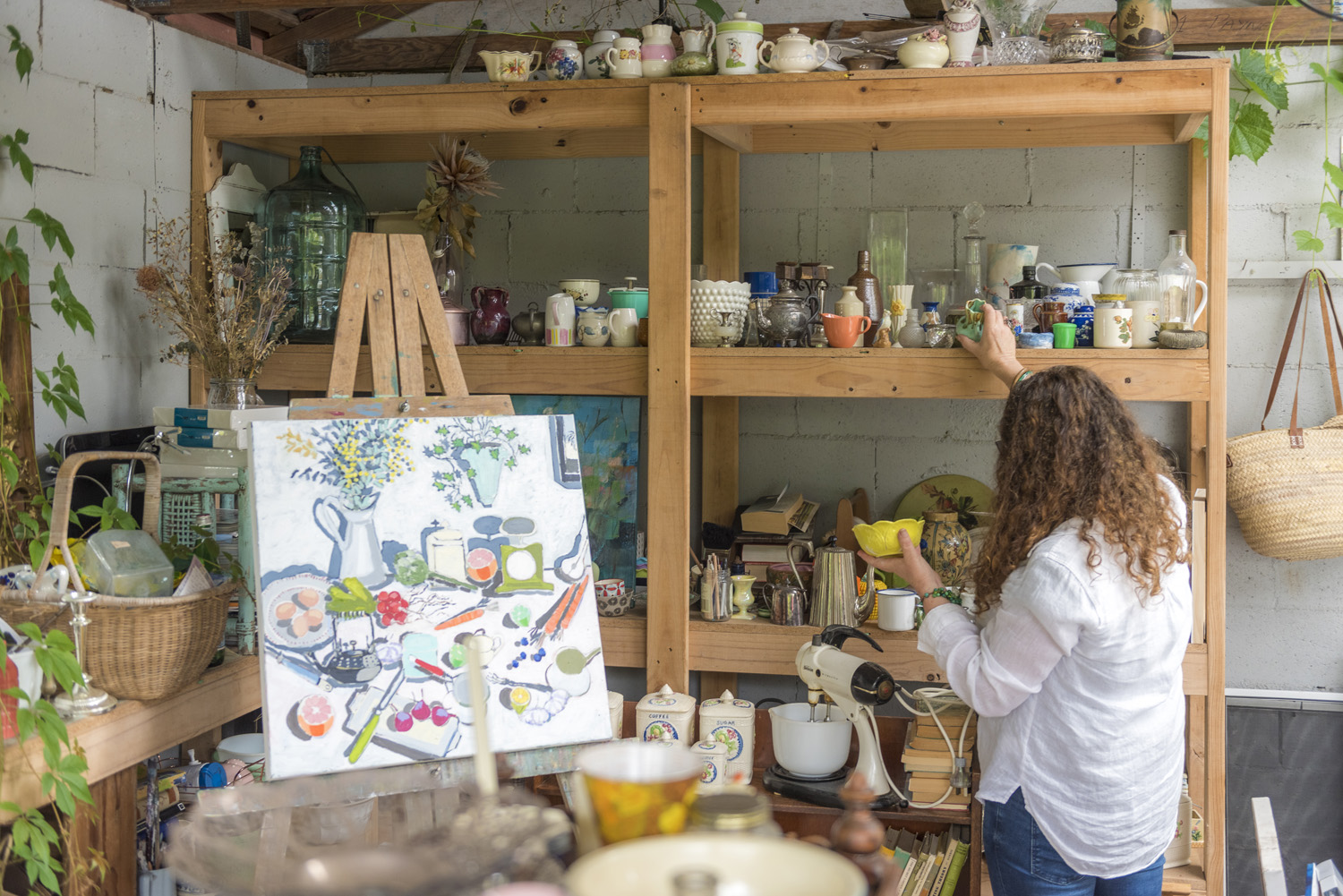
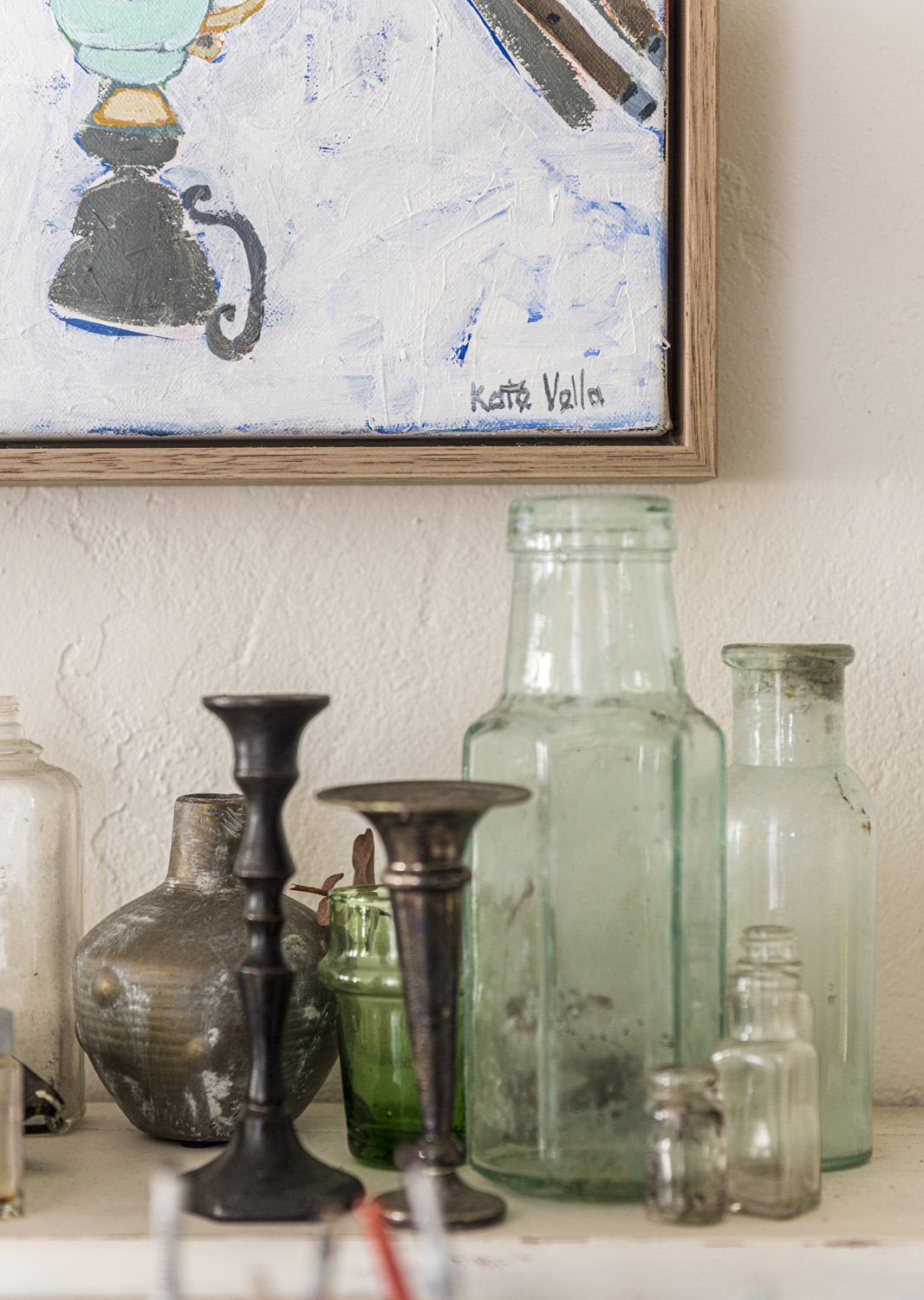
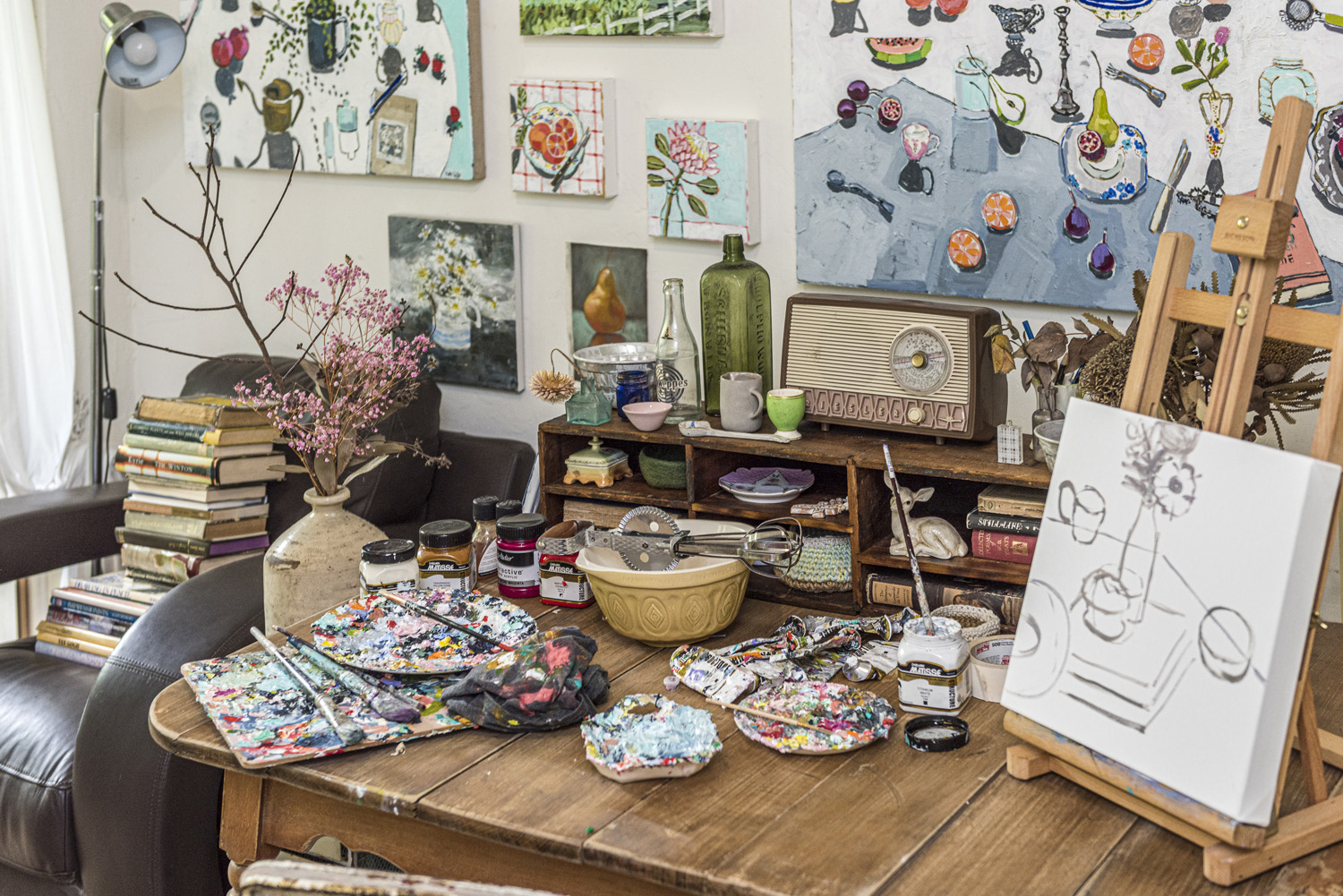
After school she married a boy from the same island of Gozo and they decided to move to Australia. English is taught alongside Maltese at schools in Malta, so there was no language barrier when she and her husband arrived in Sydney.
She soon had two young children and there wasn’t much time for her art.
“Their interests came first but we always had a garden and a sewing machine. I did lots of gardening, because it keeps my soul happy, and when the kids were in high school I worked as a dressmaker for a while, and I really enjoyed that.”
As her children grew older, Kate gradually found she had more time for drawing and painting. “It was profound to me. The need to make art was really strong.”
Kate moved to The Southern Highlands 20 years ago and immediately felt at home.
“Wherever we’d lived before, I didn’t think it was going to be permanent. It wasn’t me. It was lacking something. But I knew straight away the Highlands was home to me. I love the nature and the cool climate and there is a great community. And I like being close to the coast. In Malta, we lived on a farm but it was a short drive to the beach. So it’s very similar to how I grew up.”
Significantly, the Highlands inspired her to do more art and she began painting regularly at the home of a local artist who became a close friend. The pair also shared ideas and Kate gradually grew in confidence. In 2018 another friend insisted she participate in a group exhibition in Moss Vale. Though extremely hesitant and nervous, she eventually agreed to submit a painting – and to her great surprise it sold. This further boosted her confidence and she became a founding member of SHAC, the Southern Highlands Artisan Collective based in her home town of Robertson.
“I had a space to work there and it was good for the soul. You can become isolated working on your own and the interaction with other artists was important. We shared ideas and discovered that we were going through similar experiences.”
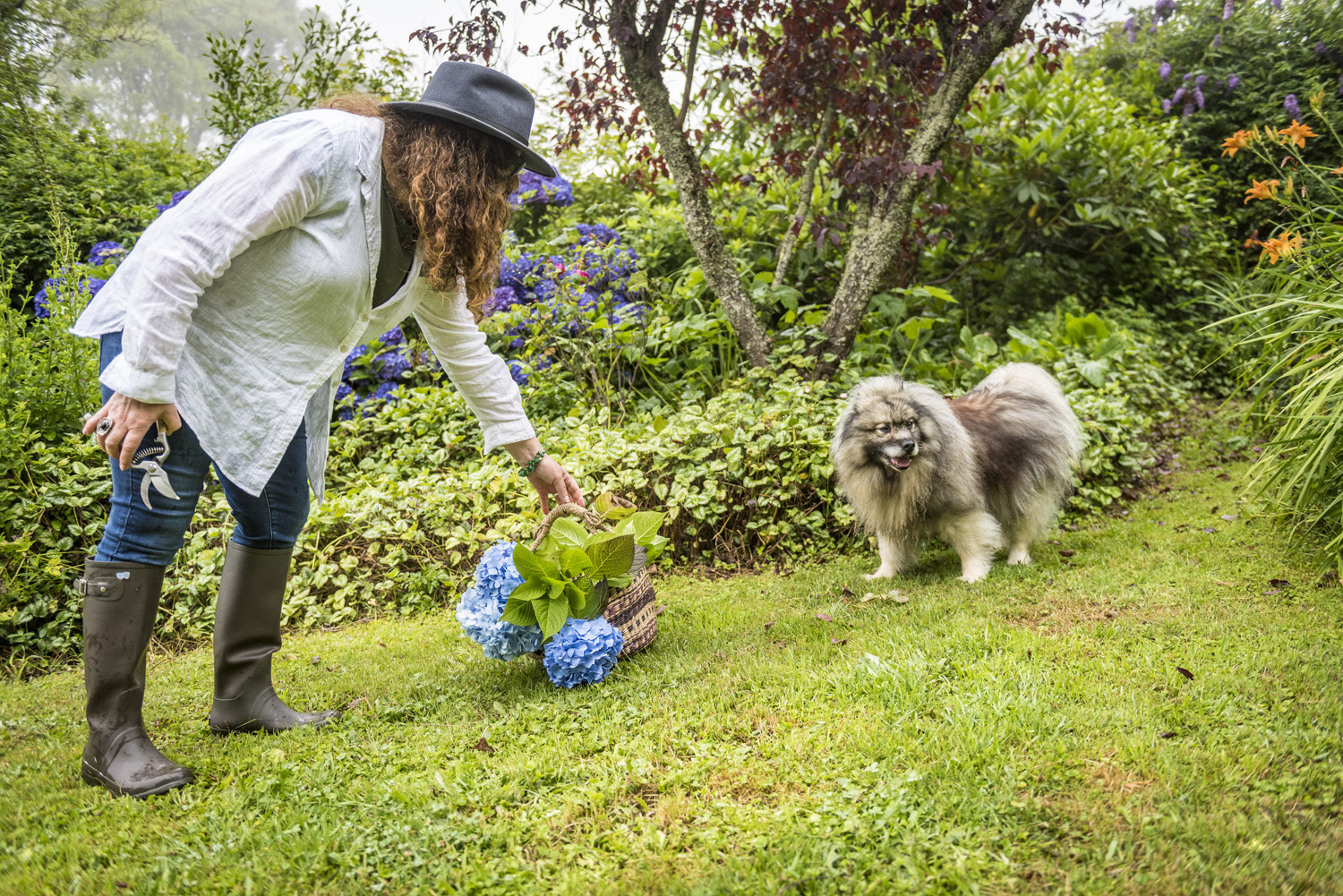
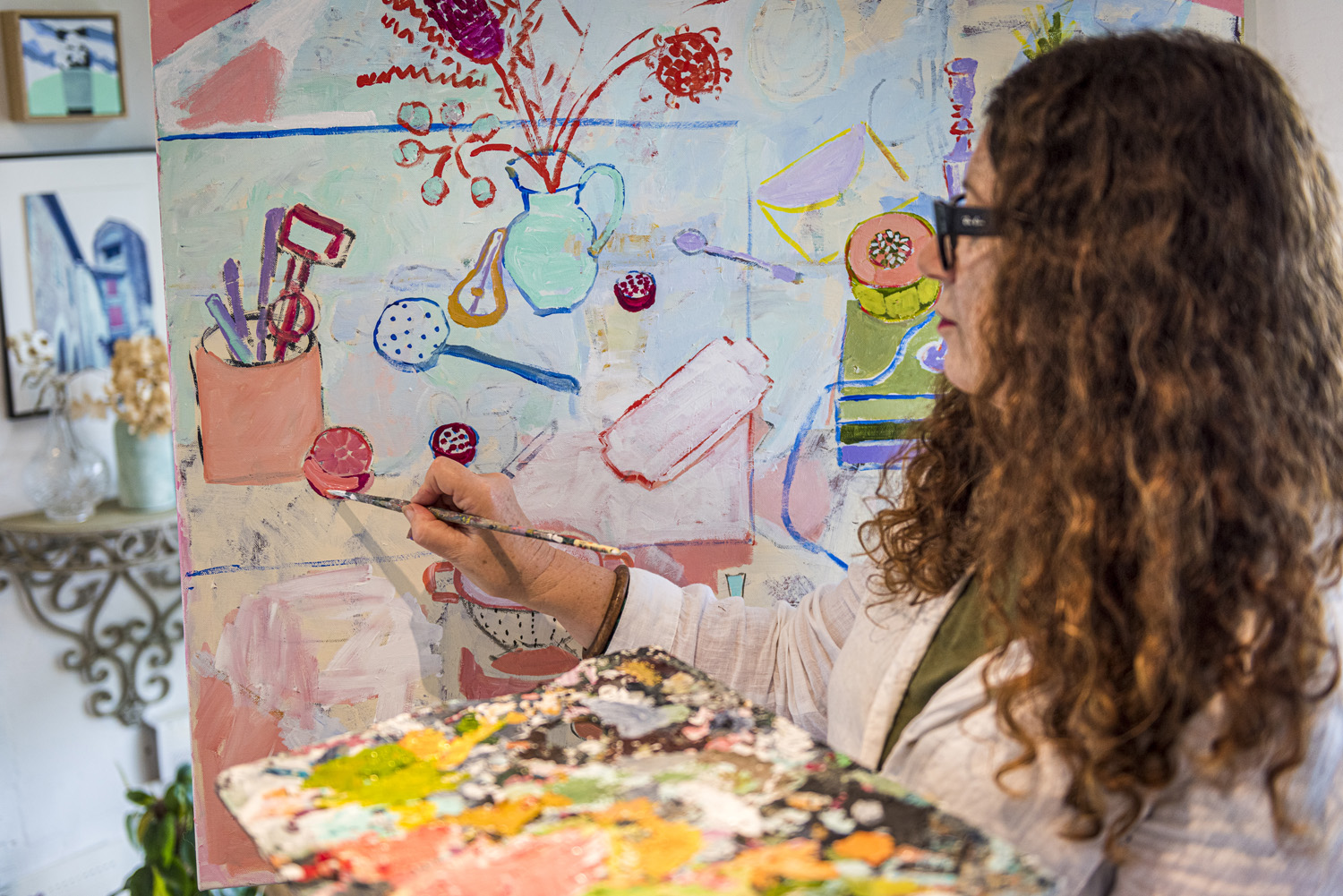
It was at this time that Amber Creswell Bell (who is now Director, Emerging Art for the Michael Reid galleries) noticed her work and this resulted in Kate’s first solo show in 2019, titled Antidote. Kate describes this as the turning point in her creative career, and she has enjoyed a series of successful exhibitions in the years since.
When you visit Kate in her home, it is clear that art is her life. The walls are covered in paintings, salon style, and there are piles of art books on shelves, coffee tables and the floor. Her current works in progress stand on easels in the garage, in the main living room and in her small downstairs studio. As she prepares for an exhibition, she may be working on ten or more separate paintings at the same time. Throughout the house, tables and chairs are crowded with her favourite subjects – flowers, fruit, boiled eggs, vintage vases, kitchenware with character and beloved books – as well as dozens of half-squeezed tubes of acrylic paint and palettes encrusted with her distinctive colours.
“I just love what’s around me, my surroundings,” she says. “When I include something in my work it’s because I’ve been emotionally drawn to it for some reason. I see it and I react to it – there is something about it that I love. I am always looking in antique shops because I love old things and old books – they have soul. It might even remind me of my childhood, because our home was full of things that had been handed down from generation to generation.”


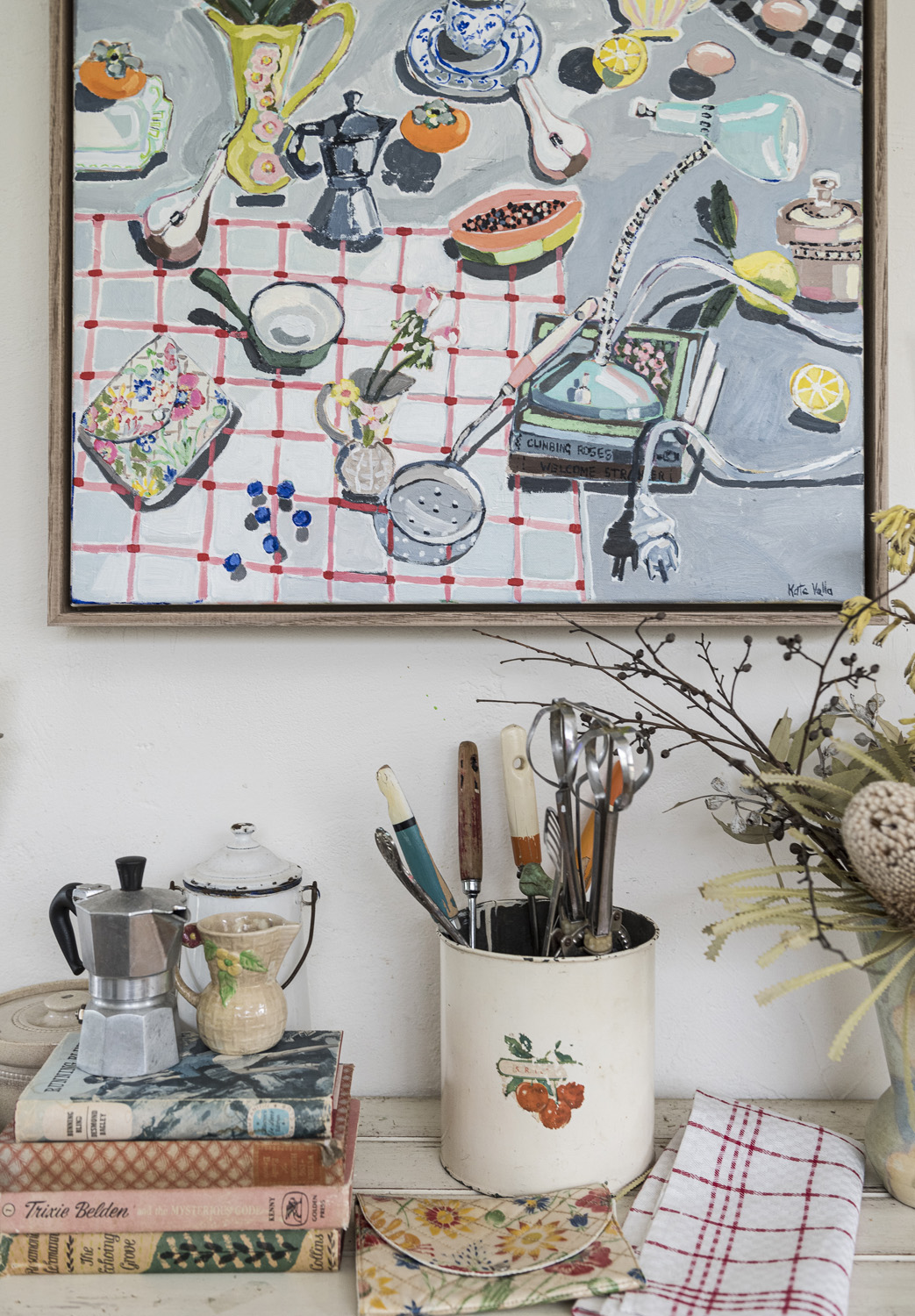
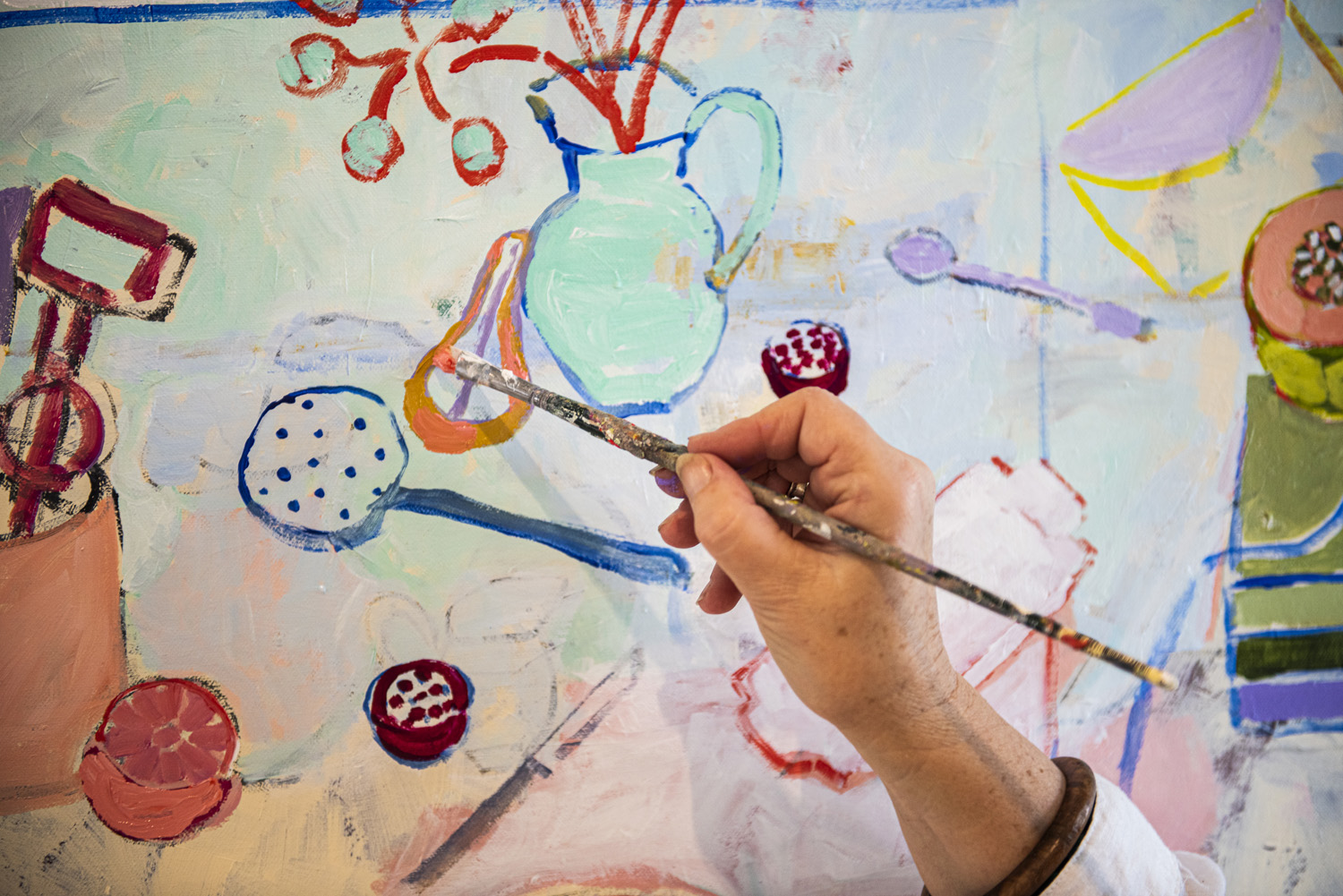
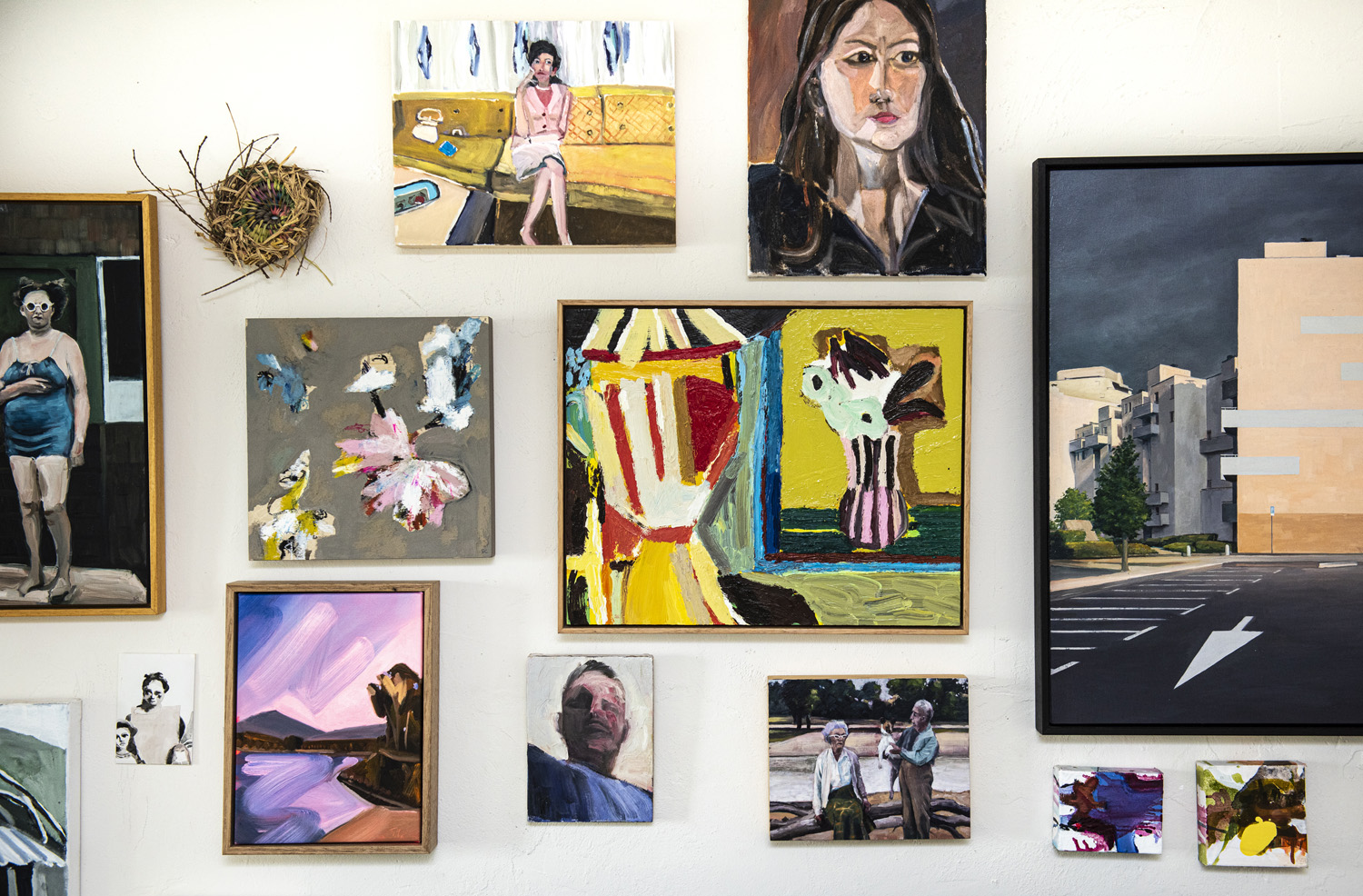
Gardens have always been important to her, from those childhood days on the family farm in Zebbug to her lush garden in Robertson today. This boasts vibrant violet hydrangeas, a range of roses, a magnificent magnolia tree, orange day lilies, cottage plants, herbs and an array of natives. For her paintings, she supplements the treasures from her garden with flowers and fruit sourced from local suppliers.
Kate’s daily ritual is to rise early, drink a coffee and meditate – a practice she has been following for 15 years. She then walks through her garden with Layla, her 12 year old Keeshond, before painting for several hours. Her house faces east and she finds mornings the most productive time of day for her. In the afternoon, she walks through the quiet country lanes of Robertson, gaining further inspiration from the nature she loves.
The title of Kate’s latest exhibition is Stillness.
“I called it that partly because of my still life subjects and partly because when I am painting I feel very still. I am totally immersed and engrossed in what I am doing. The world stops for me. It is very meditative. It is my happy place.”
Explore Kate’s solo exhibition at Michael Reid Southern Highlands online here.




















